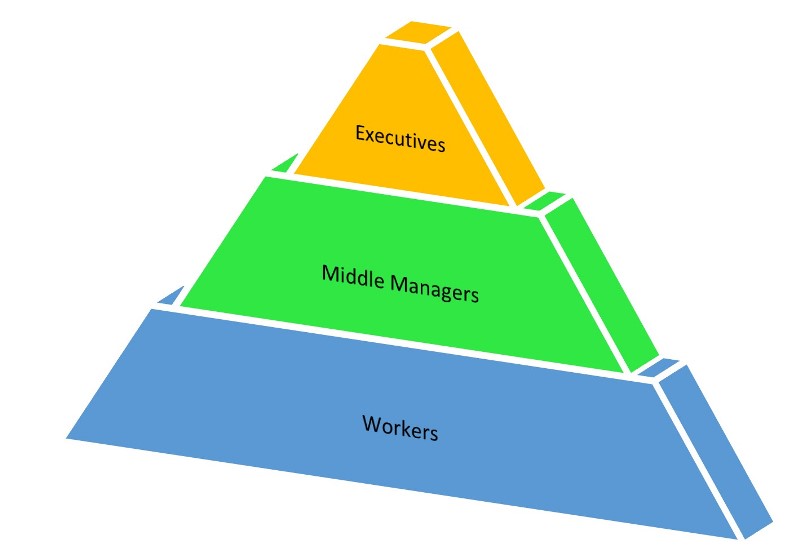SECOND EDITION
By Chris Vandersluis
Montreal, Canada
Florida, USA
Introduction
Many years ago I was privileged to visit the Great Pyramids on the Giza plateau near Cairo. I was only 11 or 12 years old at the time so the privilege was somewhat lost on me. But, even then as a pre-teen, the grandeur of the site was striking. Back then visitors like myself and our family were still allowed to enter the Great Pyramid of Cheops and climb a long-angled tunnel to the burial tomb room. The impact on me of being in that room and standing outside the pyramid has been long lasting.
Project management existed when these pyramids were built of course. This was the first and largest of the great pyramids of this site. It was built over a period of 27 or so years and overseen by Hemiunu, a person born into a royal family who was an architect, engineer, and mathematician. If the construction of the pyramids is of interest, I’d recommend the book, Riddle of the Pyramids by Kurt Mendelssohn.
The Pyramids of Giza, incredibly grand are still basically a single project filled with many subprojects all managed from the top. The organization of the work if it was drawn out must have looked very much like a pyramid itself. The Great Pyramid was designed for a single purpose and delivered as a national effort over decades. When we transpose the thinking of how the project management of those pyramids was accomplished into modern day enterprise project management we can see a number of parallels.
Overview
Just like the project of the pyramids, many organizations tend to think of their own management structure, including their own project management structure, in a very pyramid-like fashion. In organizations, we tend to think of executives being a small number of people at the very top of the pyramid with enormous decision-making power. In the middle, we think of a larger but still modest number of middle-managers who will take the directions from the executives and transform them into actionable requests for people to accomplish. At the bottom of the pyramid we think of the workers who will actually do the work that the middle managers organized for them then report back on its progress. You might argue there are really four levels or five but for the sake of our conversation today, we’ll stick with three.

If you’re wondering where we project and resource managers are, it’s in the middle. In fact, it’s often off to the side of the middle with a small, dotted line connecting us in some nebulous way to the pyramid.
Over the years, project management techniques and project and resource management systems have interacted with this hierarchical structure as though it is one homogenous unit; a single pyramid with a single purpose with everyone sharing the same perspectives.
If we think of project management systems that have evolved since the 1980’s, this couldn’t be more obvious. Original project systems were almost completely focused on scheduling. Operating them required dedicated personnel who would be extensively trained in creating and tracking a project schedule. Resources were added after a few years at a very summary high role or category level. I remember an early PC-based project management system adding resource levelling capability, but it had room for only 8 categories of resources. “Who would ever want more than that?,” the publishers said.
More…
To read entire paper, click here
Editor’s note: Second Editions are previously published papers that have continued relevance in today’s project management world, or which were originally published in conference proceedings or in a language other than English. Original publication acknowledged; authors retain copyright. This paper was originally presented at the 14th UT Dallas PM Symposium in May 2022. It is republished here with the permission of the author and conference organizers.
How to cite this paper: Vandersluis, C. (2022). The Pyramid of Project and Resource Management; presented at the 14th University of Texas at Dallas Project Management Symposium in Richardson, TX, USA in May 2022; republished in the PM World Journal, Vol. XI, Issue X, October. Available online at https://pmworldlibrary.net/wp-content/uploads/2022/10/pmwj122-Oct2022-Vandersluis-pyramid-of-project-and-resource-management.pdf
About the Author

Chris Vandersluis
Montreal, Canada
Florida, USA
![]()
![]()
Chris Vandersluis is the president of HMS Software based in Montreal, Canada. HMS Software has been a leading provider of project management and enterprise timesheet systems and services since 1984. HMS Software’s TimeControl is recognized around the world as the most flexible project-oriented timesheet system.
Mr. Vandersluis is an economist with a degree from McGill University and over 35 years of experience implementing enterprise timesheet and project management systems. He spent five years on Microsoft’s Enterprise Project Management Partner Advisory Council and has worked with Oracle-Primavera and Deltek on their project management systems.
Mr. Vandersluis’ has been published in a number of publications including Fortune Magazine, PMNetwork magazine and Microsoft’s TechNet and is the author of the popular project management blog EPMGuidance.com.
Mr. Vandersluis has taught Advanced Project Management at Montreal’s McGill University and has been a member of PMI since 1986.
Mr. Vandersluis can be reached at: chris.vandersluis@epmguidance.com










[…] You’ll find the PM World Journal at: pmworldjournal.com and I encourage you to take a look. If you’d like to see my article in particular, you’ll find it at: https://pmworldjournal.com/article/the-pyramid-of-project-and-resource-management. […]